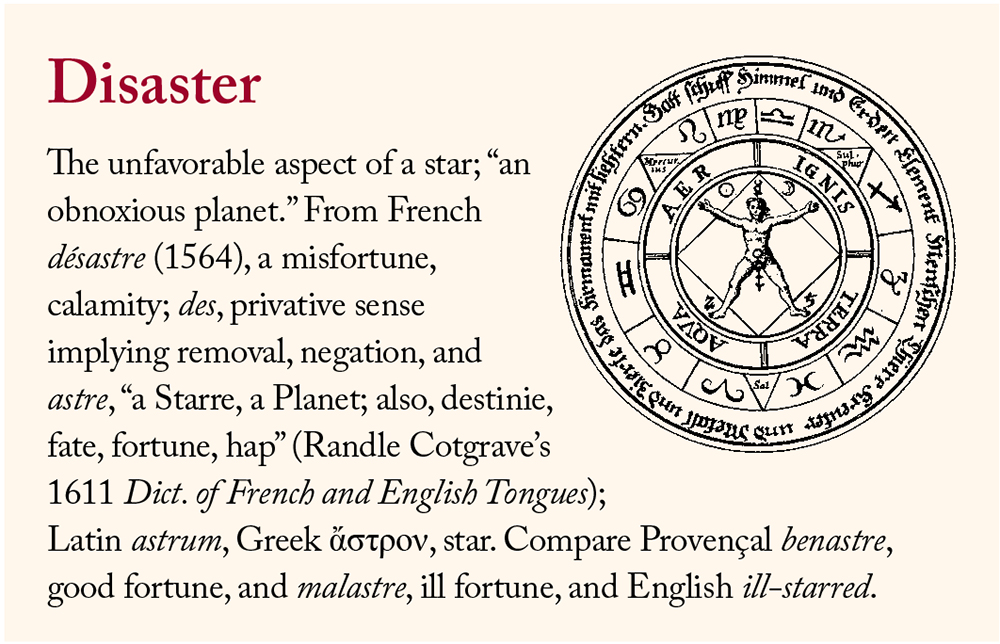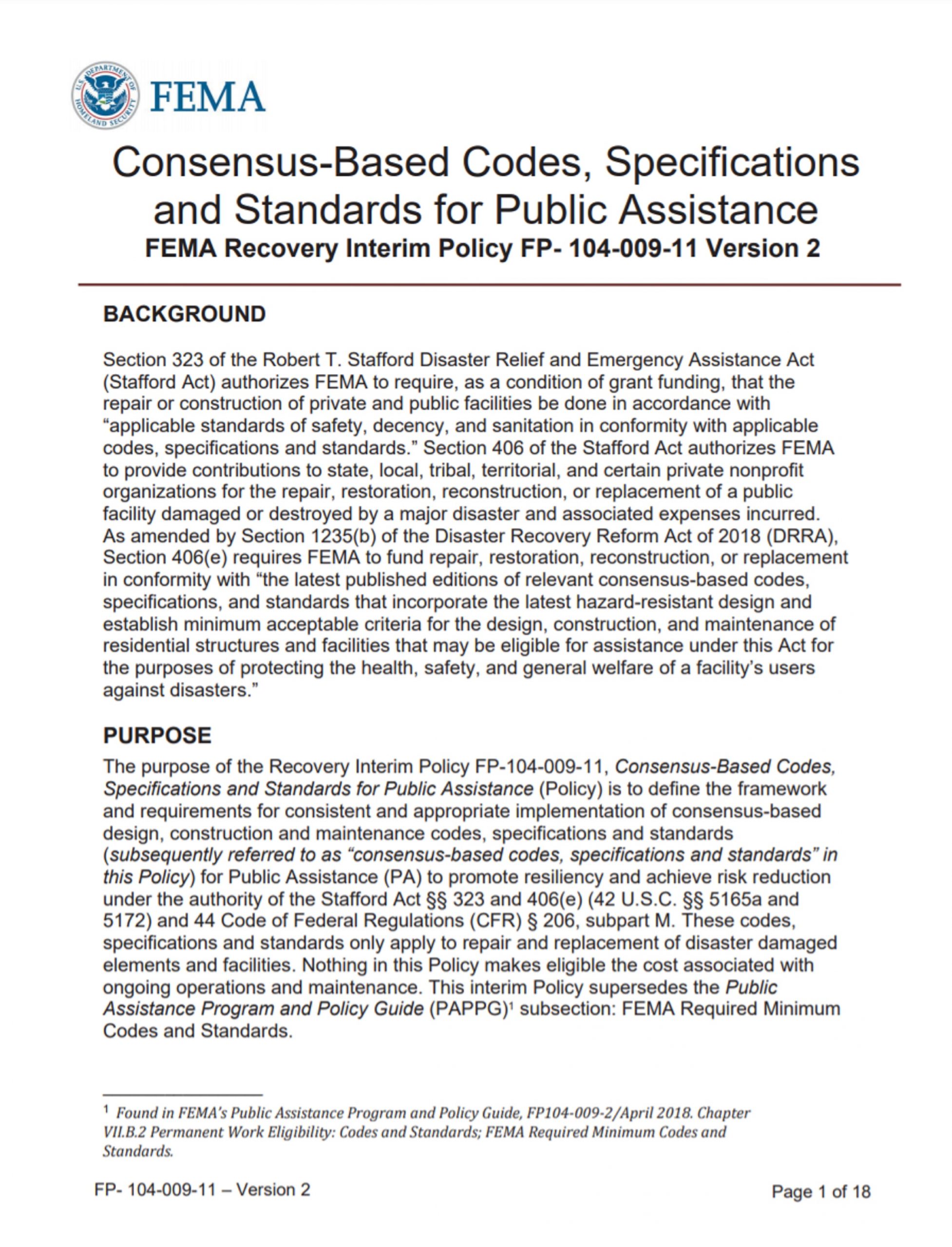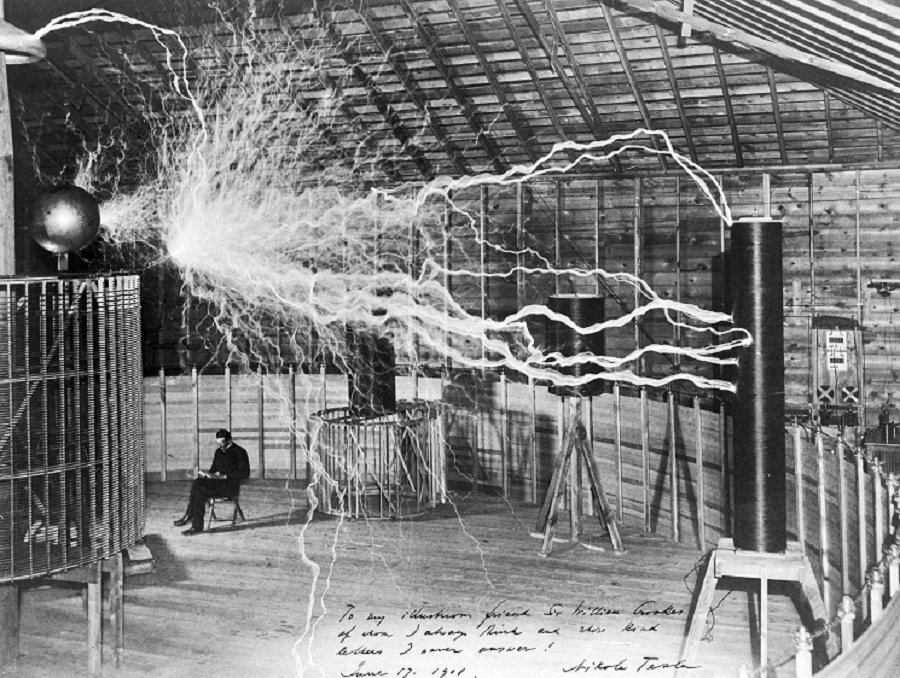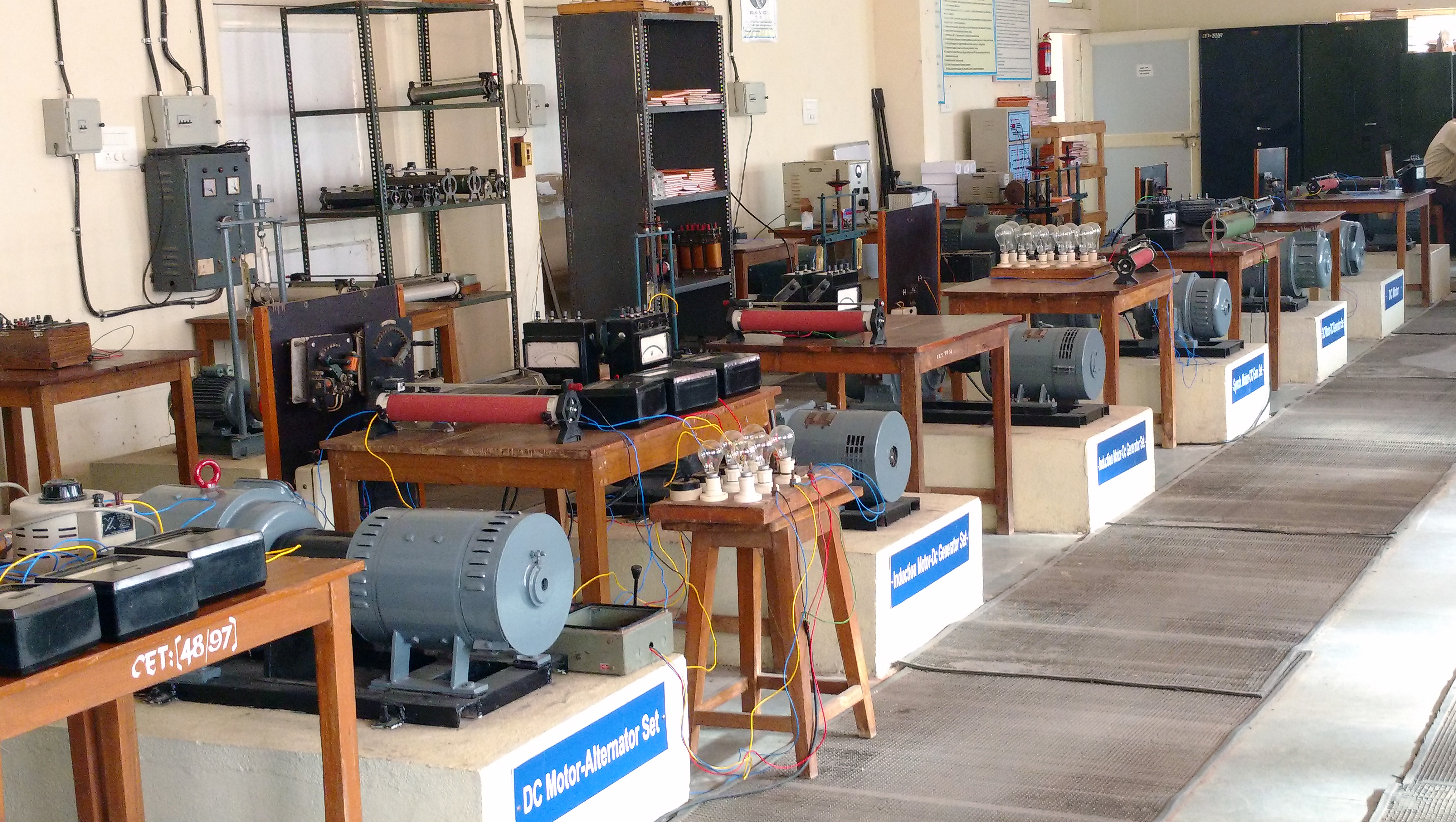Standards October: Harvest
- Home Page 158

Autumn Week 41 | October 6-12
“Your children are not your children.
They are the sons and daughters of Life’s longing for itself.
They come through you but not from you,
And though they are with you yet they belong not to you.
You may give them your love but not your thoughts,
For they have their own thoughts.
You may house their bodies but not their souls,
For their souls dwell in the house of tomorrow, which you cannot visit, not even in your dreams….
The Prophet – “On Children” — Kahlil Gibran
Monday | October 6 | Colloquium 15:00 UTC
Tuesday | October 7 | Colloquium 15:00 UTC
Wednesday | October 8 | Colloquium 15:00 UTC
Thursday | October 9 | Colloquium 15:00 UTC
Friday | October 10 | Colloquium 15:00 UTC
Saturday | October 11
Sunday| October 12
Application Programming Interface
This content is accessible to paid subscribers. To view it please enter your password below or send mike@standardsmichigan.com a request for subscription details.
George M Humphrey Equestrian Center ($7M, 2004)
Had a wonderful time at Equestrian Center Open House @lakeeriecollege @LECEquine . Great opportunity for students to see what happens here and to meet the horses. pic.twitter.com/mIcRh0IGD4
— Kathleen Skledar (@KSkledar) September 13, 2024
Equestrian competitions are governed by a variety of standards and regulations that ensure fairness, safety, and consistency. Here are some of the key standards that apply to different types of equestrian competition:
General Standards
- Equine Welfare: Ensuring the health and well-being of horses is a priority. This includes regular veterinary checks, proper nutrition, and humane treatment.
- Safety: Regulations are in place to protect both riders and horses. This includes wearing appropriate safety gear, such as helmets and body protectors.
- Fair Competition: Rules are established to ensure fair play, including regulations about equipment, attire, and conduct.
Dressage
- Test Protocols: Riders perform predefined movements and patterns. The tests are scored based on accuracy, smoothness, and the horse’s response.
- Judging Criteria: Judges assess the horse’s gaits, submission, and overall harmony between horse and rider.
- Scoring System: A numerical scoring system is used, with each movement receiving a score that contributes to the overall total.
Show Jumping
- Course Design: Courses are designed with a specific number and type of jumps, including verticals, spreads, and combinations.
- Time and Faults: Riders are judged on their ability to complete the course without knocking down rails (faults) and within the allotted time.
- Penalty System: Points are deducted for faults, such as refusals, knockdowns, or exceeding time limits.
Eventing
- Three Phases: Eventing includes dressage, cross-country, and show jumping. Each phase is scored separately, and the cumulative score determines the overall standings.
- Cross-Country: Riders must navigate a course with natural obstacles and fences, with penalties for refusals or exceeding the time limit.
- Safety and Endurance: Emphasis is placed on the horse’s fitness and the rider’s ability to manage both speed and stamina.
Driving
- Turnout Standards: Horses and carriages must meet specific standards for appearance and condition.
- Dressage Phase: Similar to dressage in riding, this phase includes a test of precision and obedience.
- Marathon Phase: This phase involves navigating a course with obstacles, testing endurance and driving skill.
- Cones Phase: Drivers must maneuver through a series of cones without knocking them over, demonstrating accuracy and control.
Western Riding
- Reining: Riders perform a pattern of circles, spins, and stops, judged on smoothness, precision, and control.
- Cutting: The rider must separate a cow from a herd and work it independently within a set time, demonstrating the horse’s responsiveness and agility.
- Roping: Includes events like team roping and calf roping, where riders demonstrate their roping skills and coordination with the horse.
Endurance
- Distance and Terrain: Races cover long distances over varied terrain, requiring both horse and rider to demonstrate stamina and navigational skills.
- Vet Checks: Regular veterinary inspections ensure the horse’s health throughout the event.
- Pace and Recovery: Riders must manage their horse’s pace and recovery times to complete the course successfully.
Standards Michigan Category: Animal Safety
Weather Resilience
During today’s session we approach disaster avoidance, management and recovery literature from a different point of view than our customary approach — i.e. what happens when, a) there is failure to conform to the standard, b) there is no applicable standard at all. This approach necessarily requires venturing into the regulatory and legal domains.

Thinking about how that groundhog lied to us 🤨🤨🤨 pic.twitter.com/ZQOzzteCzs
— Penny Kmitt (@pennylikeacoin) April 4, 2024
We will confine our approach to the following standards development regimes:
- De facto standards: These are standards that are not officially recognized or endorsed by any formal organization or government entity, but have become widely adopted by industry or through market forces. Examples include the QWERTY keyboard layout and the MP3 audio format.
- De jure standards: These are standards that are formally recognized and endorsed by a government or standard-setting organization. Examples include the ISO 9000 quality management standard and the IEEE 802.11 wireless networking standard.
- Consortium standards: These are standards that are developed and maintained by a group of industry stakeholders or organizations, often with the goal of advancing a particular technology or product. Examples include the USB and Bluetooth standards, which are maintained by the USB Implementers Forum and the Bluetooth Special Interest Group, respectively.
- Open standards: These are standards that are freely available and can be used, implemented, and modified by anyone without restriction. Examples include the HTML web markup language and the Linux operating system.
- Proprietary standards: These are standards that are owned and controlled by a single organization, and may require payment of licensing fees or other restrictions for use or implementation. Examples include the Microsoft Office document format and the Adobe PDF document format.
- ANSI accredited standards developers with disaster management catalogs
We may have time to review State of Emergency laws on the books of most government agencies; with special attention to power blackout disasters.
- Tornadoes Are Deadly: These New Building Codes Will Save Lives
- Cases involving the Takings Clause of the Fifth Amendment might be relevant when government actions related to natural disasters affect private property rights.
- National Regulatory Research Institute: Should Public Utilities Compensate Customers for Service Interruptions?
Use the login credentials at the upper right of our home page.
https://t.co/chd9RJVc7G
print(“Disaster”) pic.twitter.com/Lu6Dw3bARq— Standards Michigan (@StandardsMich) November 15, 2021
Vacation Bible School
This content is accessible to paid subscribers. To view it please enter your password below or send mike@standardsmichigan.com a request for subscription details.
LIncoln Weather and Climate
One of the craziest tornado videos ever out of Nebraska 😱pic.twitter.com/pq0CVf9qrv
— Old Row (@OldRowOfficial) April 26, 2024
This video was taken by my friend in Nebraska. Those tornadoes were unreal. Thankfully, I’ve only seen maybe – couple up close. Does anyone know if there are places to donate money/supplies/food to the people who were hurt by this tornado? pic.twitter.com/OV50zpn8sI
— Reese🇺🇸🐊 (@reeseonable) April 27, 2024
Incredible footage of the massive tornadoes that ripped across Nebraska and Iowa yesterday.pic.twitter.com/nGJHuYjadf
— Citizen Free Press (@CitizenFreePres) April 28, 2024
Electrical Safety in Academic Laboratories
We collaborate closely with the IEEE Education & Healthcare Facilities Committee which meets 4 times monthly in European and American time zones. Risk managers, electrical safety inspectors, facility managers and others are welcomed to click into those teleconferences also. We expect that concepts and recommendations this paper will find their way into future revisions of US and international electrical safety codes and standards. There is nothing stopping education facility managers from applying the findings immediately.
Electrical Safety of Academic Laboratories | 2019-PSEC-0204
Presented at the 55th IEEE Industrial Applications Society I&CPS Technical Conference | Calgary, Alberta Canada | May 6-9, 2019
Ω
Rodolfo Araneo, University of Rome “La Sapienza” | rodolfo.araneo@ieee.org
Payman Dehghanian, George Washington University | payman@gwu.edu
Massimo Mitolo, Irvine Valley College | mitolo@ieee.org
Abstract. Academic laboratories should be a safe environment in which one can teach, learn, and conduct research. Sharing a common principle, the prevention of potential accidents and imminent injuries is a fundamental goal of laboratory environments. In addition, academic laboratories are attributed the exceptional responsibility to instill in students the culture of the safety, the basis of risk assessment, and of the exemplification of the prudent practice around energized objects. Undergraduate laboratory assignments may normally be framed based upon the repetition of established experiments and procedures, whereas, academic research laboratories may involve new methodologies and/or apparatus, for which the hazards may not be completely known to the faculty and student researchers. Yet, the academic laboratory should be an environment free of electrical hazards for both routine experiments and research endeavors, and faculty should offer practical inputs and safety-driven insights to academic administration to achieve such a paramount objective. In this paper, the authors discuss the challenges to the electrical safety in modern academic laboratories, where users may be exposed to harmful touch voltages.
I. INTRODUCTION
A. Electricity and Human Vulnerabilities
B. Electrical Hazards in Academic Laboratories
II. ELECTRICAL SEPARATION
III. SAFETY IN ACADEMIC LABORATORIES WITH VARIABLE FREQUENCY DRIVES
IV. ELECTRICAL SAFETY IN ACADEMIC LIGHTING LABORATORIES
V. ACADEMIC RESEARCH LABORATORIES
A. Basic Rules of Engagement
B. Unidirectional Impulse Currents
VI. HAZARDS IN LABORATORIES DUE TO ELECTROMAGNETIC FIELD EXPOSURE
VII. WARNING SIGNS AND PSYCHOLOGICAL PERCEPTION OF DANGER
VIII. CONCLUSION
Safety is the most important practice in an academic laboratory as “safety and productivity are on the same team”. Electrical measurement and electrically-powered equipment of various brands and models are common in both teaching and research laboratories, highlighting the need to maintaining them continuously in an electrically-safe status. Annual reports on the occurrence of electrical hazards (i.e. shocks and injuries) in academic laboratory environments primarily discover the (i) lack of knowledge on using the electrical equipment, (ii) careless use of the energized electric facilities, and (iii) faulty electrical equipment or cords. The above does call for the establishment of safety-driven codes, instructions, and trainings for the academic personnel working with or near such devices for teaching, learning, experiments, and research. This paper provided background information on the concept of electrical safety in the academic laboratories, presented the safety challenges of modern academic laboratories, and offered solutions on how enhance the lab environment and research personnel safety awareness to avoid and control electrical hazards.
Issue: [19-129]
Category: Electrical, Facility Asset Management, Fire Safety, International
Colleagues: Mike Anthony, Rodolfo Araneo, Payman Dehghanian, Jim Harvey, Massimo Mitolo, Joe Tedesco
Related IEEE Research:
Strengthening and Upgrading of Laboratory Safety Management Based on Computer Risk Identification
Critical Study on the feasiblity of Smart Laboratory Coats
Clean Environment Tools Design For Smart Campus Laboratory Through a Global Pandemic
Design of Laboratory Fire Safety Monitoring System
New update alert! The 2022 update to the Trademark Assignment Dataset is now available online. Find 1.29 million trademark assignments, involving 2.28 million unique trademark properties issued by the USPTO between March 1952 and January 2023: https://t.co/njrDAbSpwB pic.twitter.com/GkAXrHoQ9T
— USPTO (@uspto) July 13, 2023
Standards Michigan Group, LLC
2723 South State Street | Suite 150
Ann Arbor, MI 48104 USA
888-746-3670




















